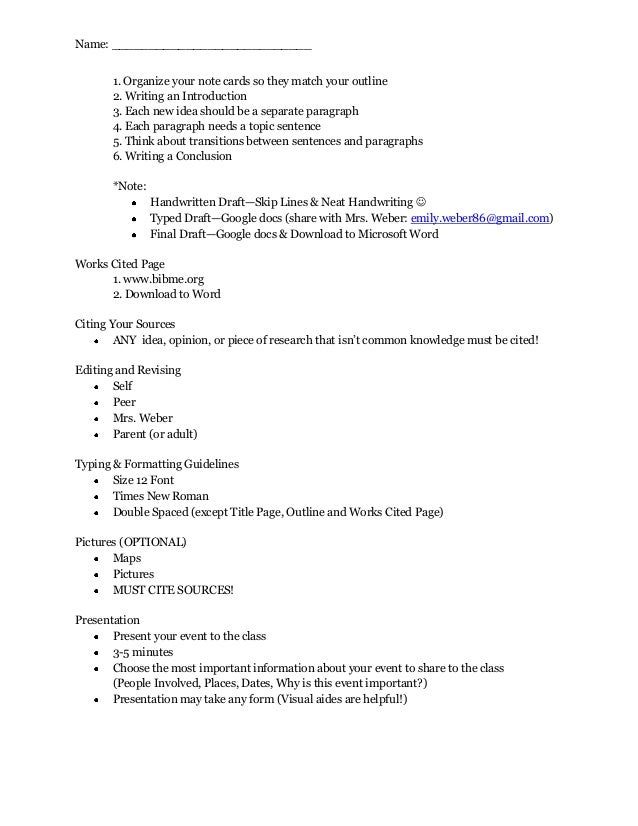

Two years earlier, he sold Project Essay Grade (PEG®) to a company called Measurement Incorporated. Using 20 variables, PEG reached 87% accuracy compared with targeted human judges. The students involved in the analysis were high school seniors participating in the National Assessment of Educational Progress who were responding to a question about recreational opportunities and whether a city should spend money fixing up old railroad tracks or convert an old warehouse to a new use. One study, ( Page, 1994) analyzed 2 sets of essays: one group of 495 essays in 1989, and another group of 599 in 1990. Page continued to work on PEG for the next 30 years and his research consistently showed high correlations between Automated Essay Graders (AEG) and human graders. His work with AEG came years before students would have computers to write essays with.

Page’s ideas may have seemed outlandish at the time, but it could be argued that they were prophetic. 71 for the first set of essays analyzed, and by chance, achieved the identical coefficient for the second set.” ( Page, 1967) While the results were impressive, the technology of the time was too cumbersome for practical applications, and computers were not readily accessible to most people. The proxes achieved a multiple-correlation of. Page found that “the overall accuracy of this beginning strategy was startling. Thirty variables were identified as criterion for Project Essay Grade (PEG®). The Prox was an approximation or correlation to the Trin, for example, the proportion of “uncommon words” used by a student (Page, 1967).

The Trin was not directly measurable by the computer strategies of the 1960’s. The Trin was a variable that measured the intrinsic interest to the human judge, for example, word choice. Page believed that writing could be broken down into what he called a “trin” and a “prox”. The process was time consuming and labor intensive due to the limitations of computers at that time, but the results were impressive. The essays were manually entered into an IBM 7040 computer by clerical staff using keypunch cards. A hypothesis was generated surrounding the variables, also referred to as features, that might influence the teachers’ judgement.
#PAPER ESSAY GRADER TRIAL#
At that time, 272 trial essays were written by students grades 8-12 in an “American High School” and each was judged by at least 4 independent teachers. In December of 1964, at the University of Connecticut, Project Essay Grade (PEG®) was born ( Page, 1967). Page, began working on the idea of helping students improve their writing by getting quick feedback on their essays with the help of computers. The idea of Automated Essay Graders (AEG or Robo-graders) has been around since the early 1960’s.


 0 kommentar(er)
0 kommentar(er)
